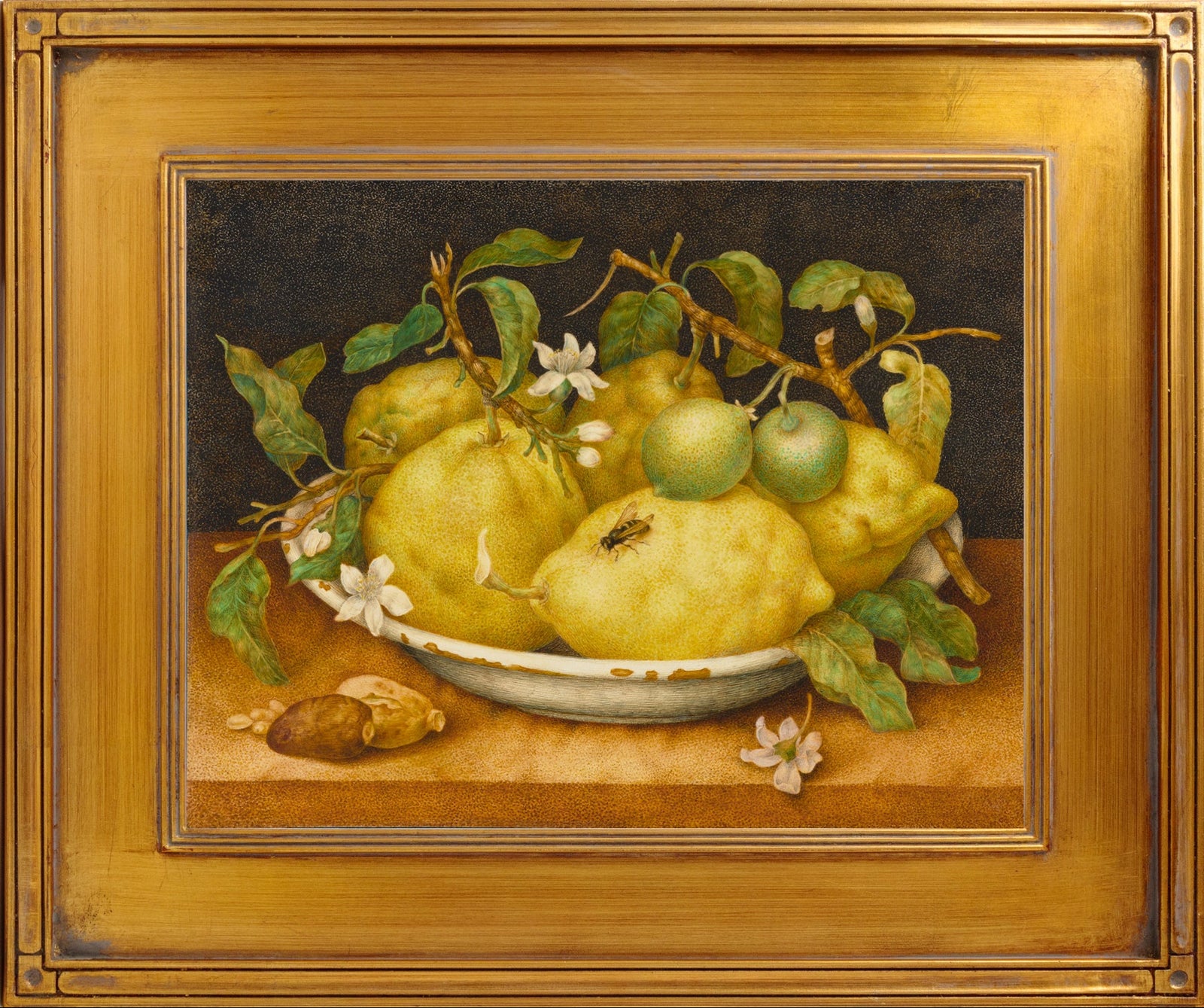These frames are works of art themselves. Available for all art. Just click on Antique Museum Frame Gold at the cart. This is made in Switzerland and ships to you globally tariff free (we pay the tariff).
Be sure and ask us about our Custom Framing options with many other mouldings to custom fit to your requirements. service@archivea.com
These frames are works of art themselves. Available for all art. Just click on Antique Museum Frame Gold at the cart. This is made in Switzerland and ships to you globally tariff free (we pay the tariff).
Be sure and ask us about our Custom Framing options with many other mouldings to custom fit to your requirements. service@archivea.com
